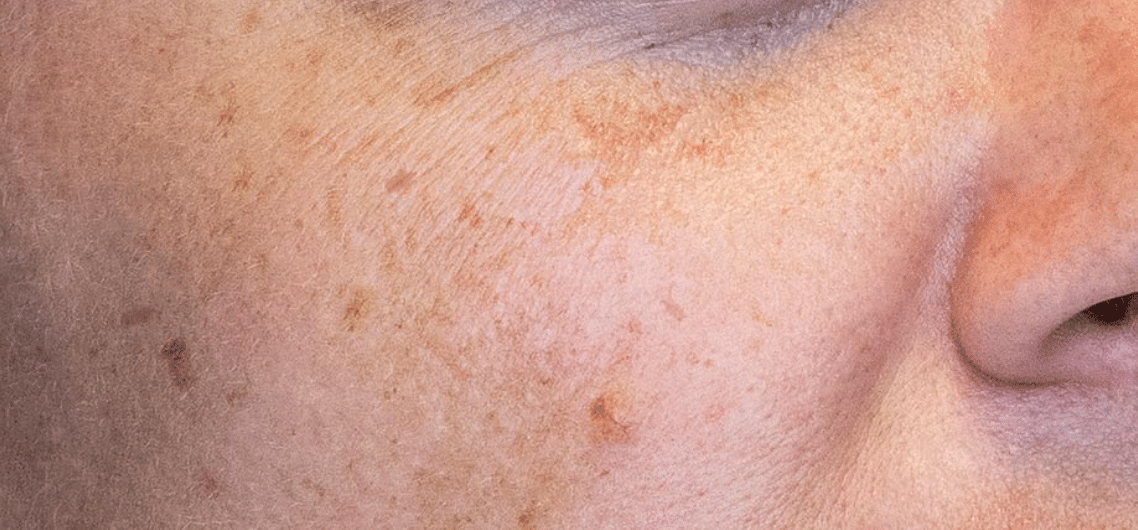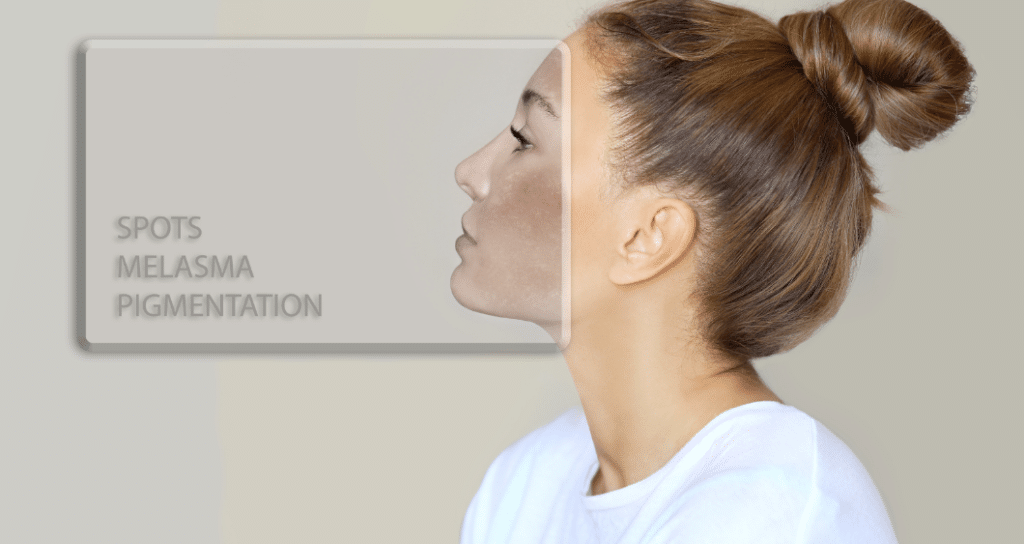How long does pigmentation begin to fade after laser treatment?
After you have finished your laser treatment, most person would like to know how long it take for the pigmentation to fade away. Let’s look at some different scenarios to provide the best possible answer to that question as it applies to different skin conditions.
IPL is short for Intense Pulsed Light, also known as photorejuvenation. The procedure for using IPL is commonly called a photo facial. Treatments are performed at your dermatologist’s office by a highly trained professional, usually a licensed aesthetician or a dermatologist. IPL can be a fantastic therapy for erasing mild sun damage, and freckles, and getting rid of – or greatly reducing – irregular pigmentation and light brown spots on the face, neck, and chest.
Fading of brown spots
Brown spots, also referred to as “lentigines” in medical terminology, will fade over several treatments. Most patients will require 4 to 6, but everyone is different. After that, some people may need occasional maintenance treatments to keep their skin looking young and healthy.
When treating brown spots (also known as hyperpigmentation) or melasma (larger areas of brown discoloration) you may see an immediate darkening of some skin around the treatment area.
This is common and nothing to worry about. The temporary darkening occurs if there is brown pigment in the upper layers of your skin. The darkened area typically begins to fade in 7 to 14 days. This is when you’ll also begin to notice that many superficial brown spots around the treated area are becoming lighter, and less noticeable. They won’t vanish with one IPL treatment, but in almost all cases patients will see progress.
Fading of hyperpigmentation
The fading of hyperpigmentation depends on the skin area and the type of spots being treated (sun spots, brown spots, dark spots, and age spots). If the pigment is located deeper in the skin, which is common with melasma, you might not see any initial darkening of excess pigment after your first photo facial. To improve deeper pigment issues and brown spots, a series of treatments spaced apart by about one month each will be needed to produce healthy skin with fewer brown spots and less discoloration. It may not be possible to erase all spots and discoloration, but significantly lighter skin and improvement in overall skin health are common.
Fading of Melasma
Treating melasma is more complex and time-consuming because the pigmentation exists in the deeper layers of the skin. Successful treatment depends largely on the skill and experience of the individual performing IPL therapy. This is why you should go to a licensed aesthetician or dermatologist for IPL treatments. The therapy works, but it is only as good as the individual who’s operating the equipment.
With your first and subsequent IPL treatments, improvement is most noticeable starting about a week after each session. You’ll see the greatest results after 3 to 6 months if you do a series of IPL treatments spaced out about a month apart for each session. Results can vary from session to session, but the goal is steady progress. We schedule your therapy appointments about a month apart because skin cells turn over every 30 days or so. This gives your skin time to recover and produce naturally skin-smoothing collagen, which is one of the great advantages of IPL therapy.
The reason you should plan for at least five treatments is that each IPL session builds on the progress of the previous session. Over time, this non-invasive cosmetic procedure builds upon each session to produce clearer, more evenly toned skin. There’s no downtime and discomfort is minimal. These benefits are possible by spreading treatments across a period of months. This gives your skin time to heal between each therapy session and helps your dermatologist assess the progress being made with your therapy. Also, IPL therapy is designed to treat one skin layer at a time. Pigment discoloration can exist at different depths in your skin. Follow-up sessions enable us to treat these deeper layers of your skin to produce the best results.
You will play a vital role in your own treatment. By following your aesthetician’s or dermatologist’s advice and taking sensible precautions, you can maximize the success of IPL therapy. Perhaps the single most important thing you can do is stay out of the sun for at least 2 weeks before and after each treatment. This avoids any adverse reaction related to therapy. Here are other guidelines your dermatologist will recommend that you follow to get the best possible results from your IPL treatments.
| Image | Product | Technology | Laser Wavelength | Pigmentation Type |
|---|---|---|---|---|
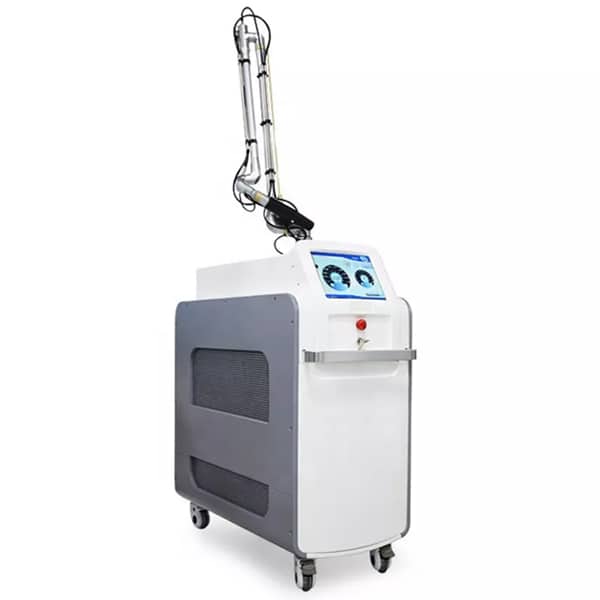 | Picoway laser machine | Pico laser | 1064nm/532nm/1320nm/755nm | Pigmentation in the dermis and epidermis |
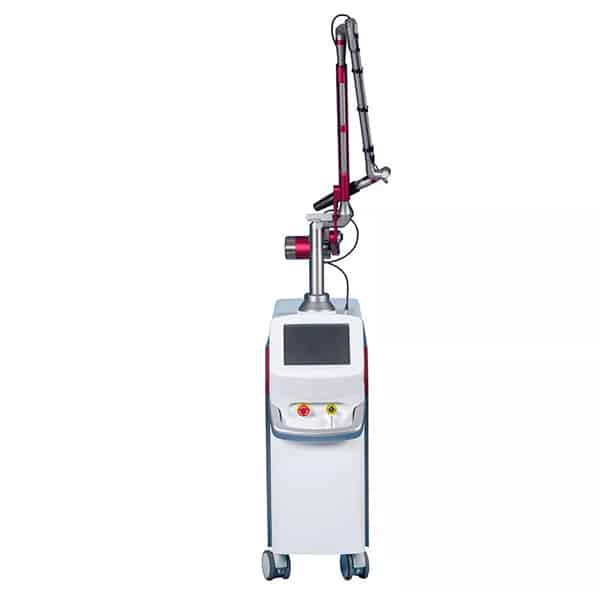 | Picosecond laser machine | Pico laser | 1064nm/532nm/1320nm/755nm | Pigmentation in dermis and epidermis |
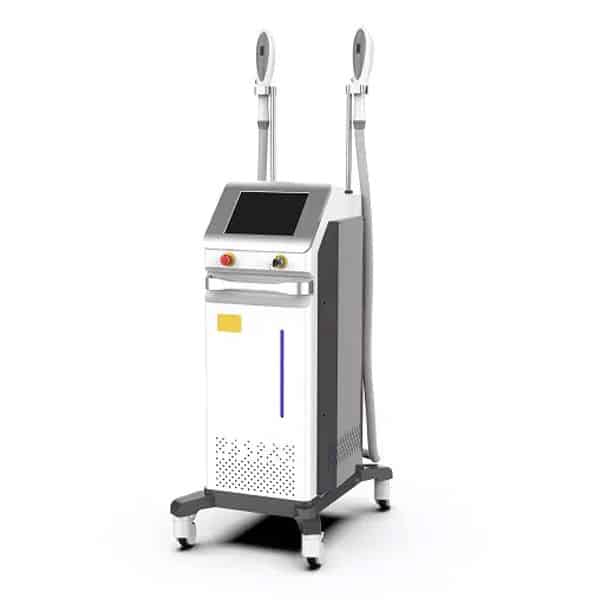 | IPL skin rejuvenation machine | IPL | 560nm-1200nm | Pigmentation in epidermis |

